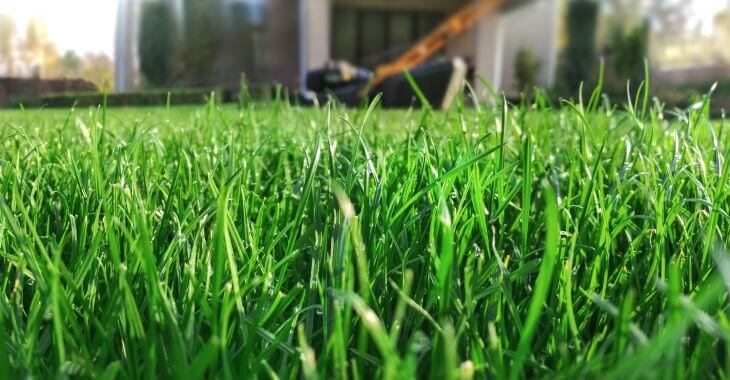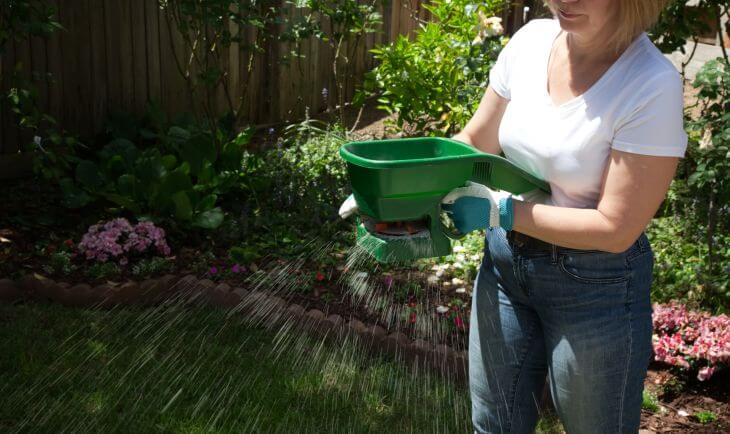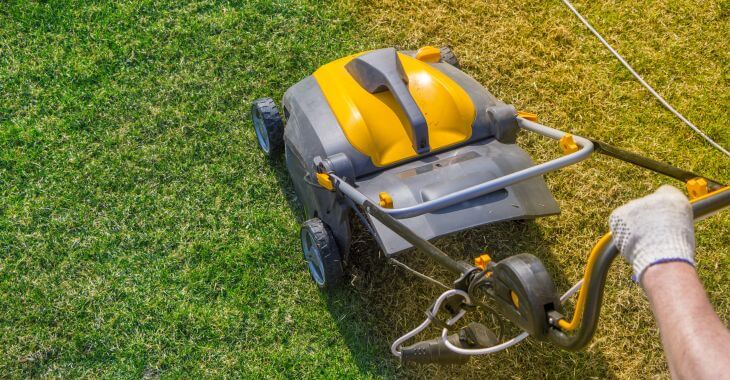The Green Secret: When to Apply Milorganite to Your Lawn for Lush, Healthy Grass

Maintaining a vibrant and healthy lawn requires more than just regular mowing and watering. Fertilization plays a crucial role in providing essential nutrients to the soil, which can be accomplished with Milorganite fertilizer, but knowing when to apply Milorganite is crucial.
Milorganite is a popular and eco-friendly slow-release organic fertilizer made from recycled organic materials. In this article, we will discuss what Milorganite is, how it benefits your lawn, and the best practices on when to apply Milorganite to achieve a lush and thriving lawn.
What is Milorganite?
Milorganite is a unique fertilizer produced by the Milwaukee Metropolitan Sewerage District (MMSD) using a patented process that converts treated wastewater solids into nutrient-rich pellets. The name “Milorganite” is derived from “Milwaukee (Mil) Organic (orga) Nitrogen (nite).”
Milorganite’s name reflects its organic composition and nitrogen content. Unlike synthetic fertilizers, which can leach into groundwater and harm the environment, Milorganite is environmentally sustainable and safe for use around children, pets, and wildlife.
Benefits of Milorganite for Your Lawn
Milorganite is a slow-release fertilizer that breaks down gradually over time, providing a steady and consistent supply of nutrients to your lawn. This slow-release formula reduces the risk of nutrient runoff and leaching, promoting efficient nutrient absorption by the grass roots. Some other benefits:
Rich in Nutrients
Milorganite contains essential nutrients such as nitrogen, phosphorus, potassium, and iron, which are vital for promoting healthy growth and development in grass plants. These nutrients help stimulate root growth, improve drought tolerance and enhance turf quality, resulting in a lush and resilient lawn.
Improves Soil Health
In addition to supplying nutrients to the grass, Milorganite also improves soil structure and fertility. The organic matter in Milorganite helps increase soil moisture retention, promotes beneficial microbial activity, and encourages earthworm activity, leading to healthier, more productive soil.
Environmentally Friendly
Milorganite is an environmentally sustainable fertilizer option that helps reduce waste and conserve natural resources. By recycling organic materials and diverting them from landfills, Milorganite supports sustainable agriculture practices and reduces the environmental impact of traditional fertilizers.
Milorganite: When to Apply to Your Lawn
When is the best time to fertilize your lawn with Milorganite? The timing of the Milorganite application plays a crucial role in maximizing its effectiveness and ensuring optimal results for your lawn. Here are some key considerations to keep in mind:
Spring Application
Spring is an ideal time to apply Milorganite to your lawn, typically around late April to early May, when the grass begins to emerge from dormancy and actively grow. Spring application helps kickstart the growing season, providing the necessary nutrients for vigorous growth and lush greenery.
Fall Application
Fall is another opportune time to apply Milorganite to your lawn, usually in early to mid-September. Fall application helps replenish nutrients lost during the summer months and strengthens grass roots in preparation for the winter dormancy period. Additionally, fall application promotes early spring green-up and helps prevent winter damage.
Avoid Extreme Heat
It’s best to avoid applying Milorganite during periods of extreme heat or drought, as this can stress the grass and increase the risk of fertilizer burn. Opt for cooler, milder weather conditions for application to minimize stress on the grass and maximize nutrient absorption.
Follow Soil Test Recommendations
Before applying Milorganite or any fertilizer to your lawn, consider conducting a soil test to assess nutrient levels and pH balance. Soil testing provides valuable insights into your lawn’s specific nutrient needs, allowing you to tailor your fertilization program accordingly and avoid over-application.
How to Apply Milorganite
To calculate how much milorganite to apply, determine the appropriate application rate based on the size of your lawn and the desired nutrient dosage. Milorganite typically requires a rate of 32 pounds per 2,500 square feet for established lawns or 32 pounds per 5,000 square feet for new lawns.
Once you determine how much to apply, use a broadcast spreader to apply Milorganite evenly across the lawn surface, ensuring uniform coverage and distribution of nutrients. Avoid overlapping or uneven application to prevent streaks or patches of uneven growth.
After applying Milorganite, water your lawn thoroughly to activate the fertilizer and facilitate nutrient absorption by the grassroots. Watering also helps prevent fertilizer burn and ensures optimal nutrient uptake by the soil.
Monitor your lawn’s growth and appearance following Milorganite application, and adjust your fertilization schedule as needed based on seasonal changes and grass growth rates. Regular maintenance practices such as mowing, watering, and aerating also contribute to the overall health.
With its slow-release formula and nutrient-rich composition, Milorganite offers a natural and sustainable solution for promoting lush, healthy grass and improving soil fertility. By understanding when and how to apply Milorganite to your lawn, you can harness its full potential.

Knowing when to fertilize your lawn with Milorganite is key to achieving stunning results that will make your lawn the envy of the neighborhood. To learn more about utilizing Milorganite, contact your local landscaping company or landscape supplier.
